Introduction: Unveiling the Secrets of Cu Chi Tunnels
The Cu Chi Tunnels in Vietnam are a mesmerizing testament to human resilience and ingenuity during times of war. This comprehensive article delves deep into the Cu Chi Tunnels’ description, revealing fascinating insights into their construction, historical significance, and the experiences they offer to modern-day visitors. Join us on a journey through the intricate network of underground passages that played a crucial role during the Vietnam War and still continue to captivate the world with their remarkable history.
Cu Chi Tunnels Description: An Intricate Network of Underground Passages
The Cu Chi Tunnels are an extensive and intricate network of underground passages located in the Cu Chi District of Ho Chi Minh City, Vietnam. These tunnels served as a crucial military base and communication route during the Vietnam War. They were originally built during the 1940s as a means for Vietnamese soldiers to evade French colonial forces. However, during the Vietnam War, they were expanded and further developed by the Viet Cong, the communist guerrilla force, to wage strategic warfare against American and South Vietnamese forces.
The tunnels stretch over 120 kilometers in total, showcasing the determination and resourcefulness of the Vietnamese people during the war. They comprise multiple layers, including living areas, storage facilities, weapon caches, hospitals, command centers, and trapdoors for surprise attacks. The entire underground complex was carefully designed to withstand bombings and raids, making it a formidable stronghold for the Viet Cong.

The Historical Significance of Cu Chi Tunnels Description
The Cu Chi Tunnels hold immense historical significance, representing the indomitable spirit of the Vietnamese people during one of the most tumultuous periods in their history. These tunnels played a pivotal role in the Vietnam War, providing the Viet Cong with a tactical advantage against their better-equipped opponents.
The Cu Chi Tunnels became a symbol of resistance and determination, showcasing the ingenuity of the Vietnamese people in the face of adversity. They served as a lifeline for the Viet Cong, enabling them to maintain communication, transportation, and logistics in the midst of a heavily contested warzone.
Uncovering the Construction of Cu Chi Tunnels Description
The construction of the Cu Chi Tunnels was an impressive feat of engineering and labor, executed with meticulous planning and determination. The Vietnamese soldiers and local villagers worked tirelessly to dig and reinforce the tunnels using rudimentary tools like shovels and hoes. Bamboo was used to provide support for the tunnel walls and ceilings, while leaves and branches concealed the tunnel entrances, making them nearly invisible to the enemy.
The construction process was carried out in secrecy, with the Viet Cong hiding their activities from aerial surveillance. The tunnels were strategically located to connect villages and enable swift movement of troops and supplies without being detected.
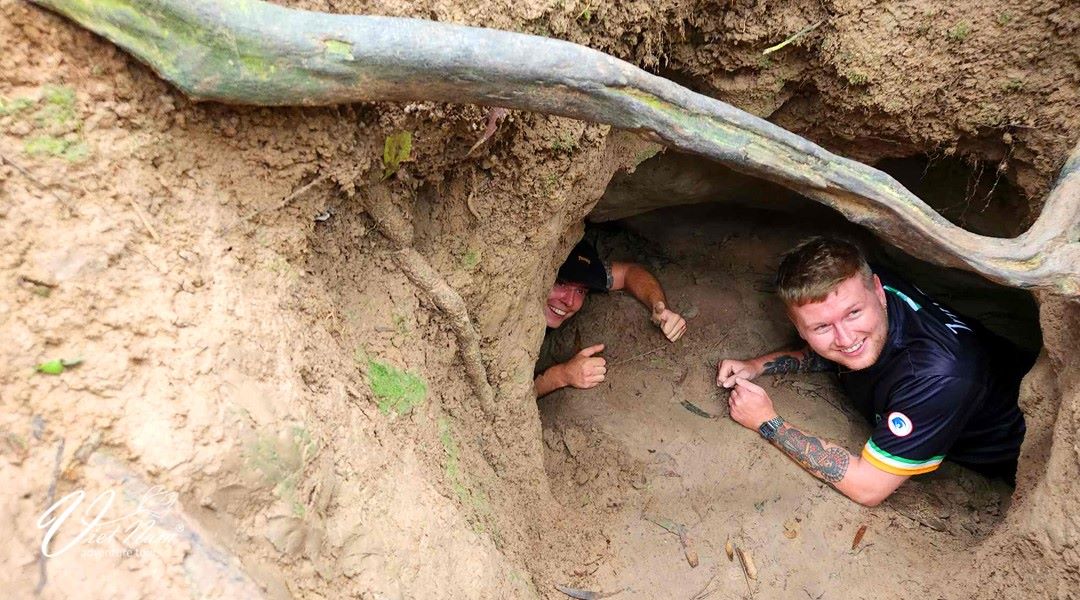
Exploring Cu Chi Tunnels: A Unique Visitor Experience
Today, the Cu Chi Tunnels stand as a historical site and popular tourist destination, offering visitors a unique opportunity to step back in time and experience the underground life of the Viet Cong soldiers. Exploring the tunnels provides an immersive encounter with the harsh realities of war and the ingenious ways in which the soldiers survived.
Visitors can crawl through sections of the tunnels, gaining a firsthand understanding of the cramped and claustrophobic conditions in which the soldiers lived and fought. Knowledgeable guides narrate the historical significance of each tunnel section, recounting the stories of heroism and sacrifice.
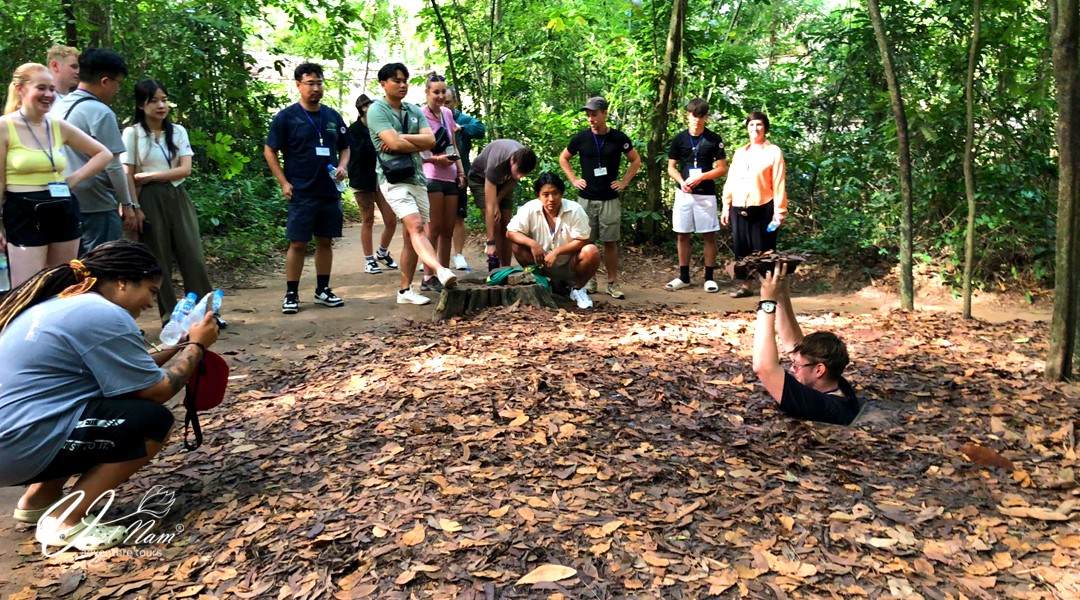
Sightseeing and Attractions around Cu Chi Tunnels
Beyond the Cu Chi Tunnels themselves, the surrounding area offers a wealth of sightseeing opportunities and attractions that complement the historical experience. Some of the key attractions include:
- Ben Dinh Tunnels: Located within the Cu Chi Tunnels area, Ben Dinh offers an insight into the tunnel network’s evolution and the hardships faced by the Viet Cong.
- Hoang Cam Stove: Discover the innovative Hoang Cam Stove, an underground kitchen used during the war, showcasing the resourcefulness of the soldiers.
- Booby Traps and Tank Display: Witness the remnants of booby traps and an American tank display, highlighting the tactics employed during the conflict.
- Cu Chi Wildlife Rescue Station: Located nearby, this rescue station focuses on the conservation of endangered wildlife, making for a meaningful visit after the historical exploration.
The Cu Chi Tunnels are a network of underground tunnels, carved out by hand, located 55 miles northwest of Ho Chi Minh City (Saigon). About a two hours’ drive from the former South Vietnam capital, Cu Chi tunnel tours today comprise a popular Saigon tourist destination that provides visitors with an evocative look at Vietnam...
( Departure time and meting point as requested) Cu Chi Tunnels is a legendary underground system of over 220 km of tunnels, a must-see for both Vietnamese and foreign travelers who are interested in the history of the Vietnam War. The tunnels are now a historical structure of Vietnam and considered a heroic district for...
Cu Chi Tunnels is a legendary underground system of over 220 km of tunnels, a must-see for both Vietnamese and foreign travelers who are interested in the history of the Vietnam War. The tunnels are now a historical structure of Vietnam and considered a heroic district for the role they played in the resistance to...
Safety Precautions for Visitors
While the Cu Chi Tunnels offer an unforgettable experience, it’s essential for visitors to prioritize safety during their exploration. Here are some safety tips to consider:
- Wear comfortable clothing and closed-toe shoes suitable for crawling through the tunnels.
- Stay hydrated, especially during hot and humid weather.
- Follow the instructions of the tour guides and avoid wandering off on your own.
- Inform the tour guides of any medical conditions or claustrophobia before entering the tunnels.
- Avoid touching or removing any artifacts or historical objects within the tunnels.
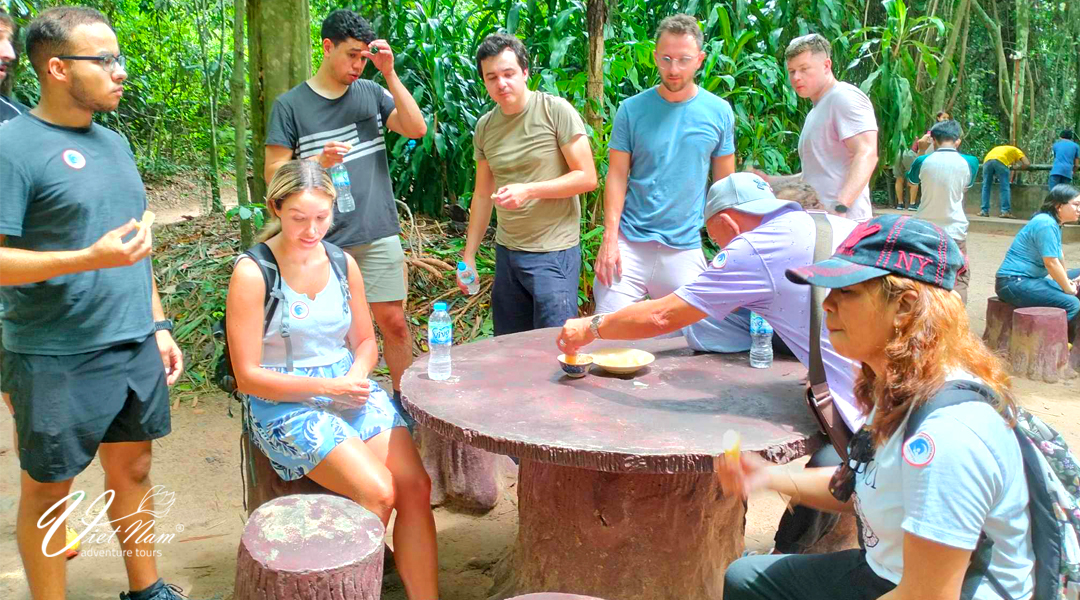
FAQs about Cu Chi Tunnels Description
Q: How deep are the Cu Chi Tunnels?
A: The Cu Chi Tunnels generally range from 3 to 10 meters in depth, depending on the specific location and purpose of the tunnel.
Q: Can visitors explore the entire tunnel network?
A: No, only certain sections of the tunnels are open to visitors for safety reasons. However, these sections provide a comprehensive understanding of the tunnel system’s complexity.
Q: Are the Cu Chi Tunnels accessible for people with mobility issues?
A: Unfortunately, due to the narrow and confined spaces, the tunnels are not wheelchair accessible, and they require crawling at certain points, making it challenging for individuals with mobility issues.
Q: How long does a typical tour of the Cu Chi Tunnels last?
A: The duration of a tour can vary, but most tours last approximately half a day. It’s recommended to allocate sufficient time to explore the tunnels fully.
Q: Are there any souvenir shops near the Cu Chi Tunnels?
A: Yes, there are souvenir shops where visitors can purchase mementos and keepsakes related to the Cu Chi Tunnels and the Vietnam War.
Q: Is photography allowed inside the tunnels?
A: Yes, photography is generally allowed inside the open sections of the tunnels, but it’s essential to respect any photography restrictions enforced by the tour guides.
Conclusion: A Timeless Tribute to Resilience
The Cu Chi Tunnels are not just a historical site; they represent the unyielding spirit of a nation that refused to be defeated. Visiting this remarkable destination allows us to pay homage to the bravery and ingenuity of the Vietnamese people during one of the most challenging chapters in their history.
As you explore the Cu Chi Tunnels and immerse yourself in their stories, you can’t help but be inspired by the resilience of the human spirit, reminding us that even in the darkest of times, determination and hope can endure.

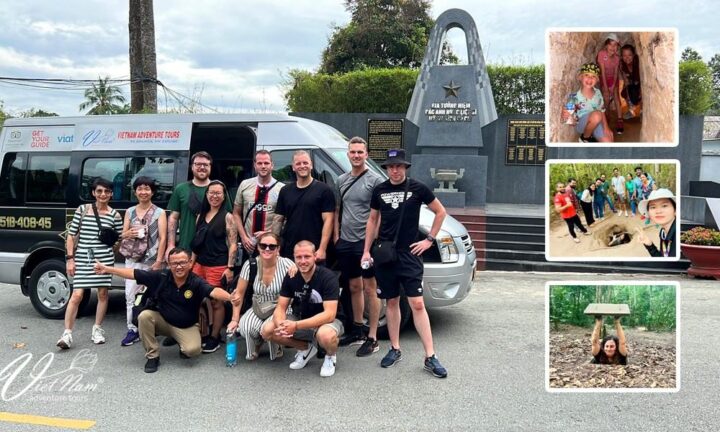

 Haft Day
Haft Day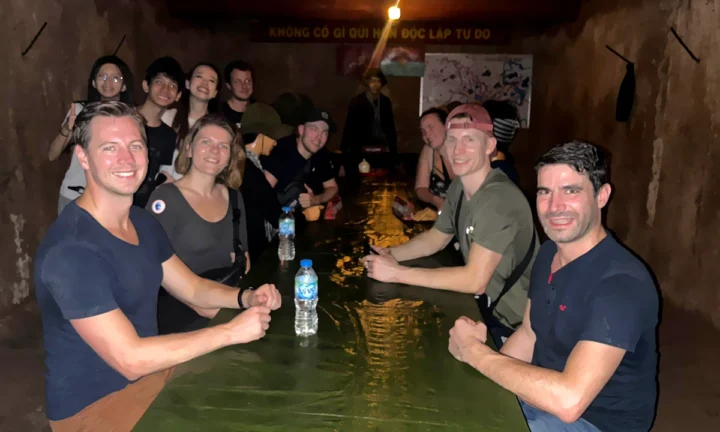

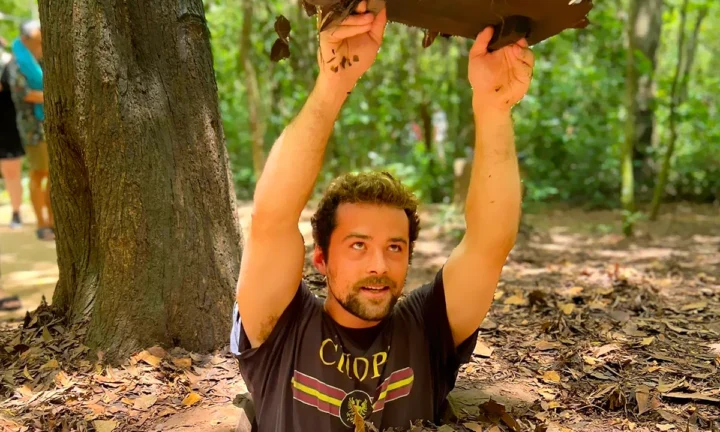
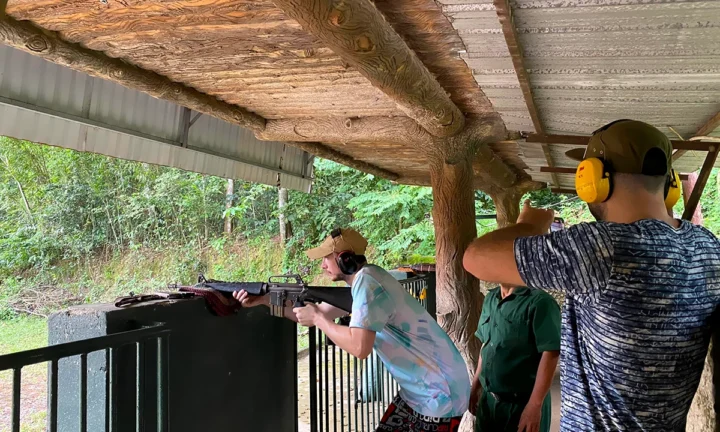
 Mr.Jayce
Mr.Jayce 